Check Our Research Studies on
Organ Bioengineering
The Centre for Liver Research & Diagnostics is proud to present a comprehensive collection of 22 research publications in the field of Organ Bioengineering, spanning from 2014 to 2022. These studies reflect our commitment to advancing regenerative medicine through innovative approaches in tissue engineering, stem cell therapy, and molecular diagnostics.
The benefits of this research are transformative. From developing bioengineered livers and insulin-producing organs, to neurological constructs for spinal repair, and biocompatible scaffolds for organ regeneration, each study contributes to the future of personalized and transplant-free therapies. Additionally, molecular insights into disease mechanisms offer new avenues for non-invasive diagnostics and targeted interventions. Together, these contributions position our center at the forefront of translational research in organ regeneration and repair.
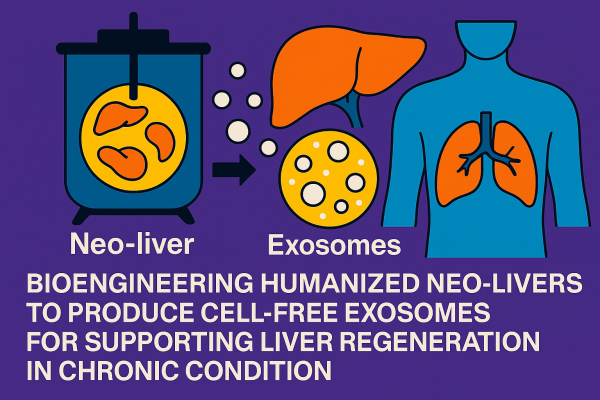
Journal of Clinical and Experimental Hepatology 12 (2022): S105-S106
Bioengineering humanized neo-livers to produce cell-free exosomes for supporting liver regeneration in chronic condition.Authors: Fathima, Nusrath, Sandeep Kumar Vishwakarma, Safwan Habeeb, Md Aejaz Habeeb, and Aleem Ahmed Khan
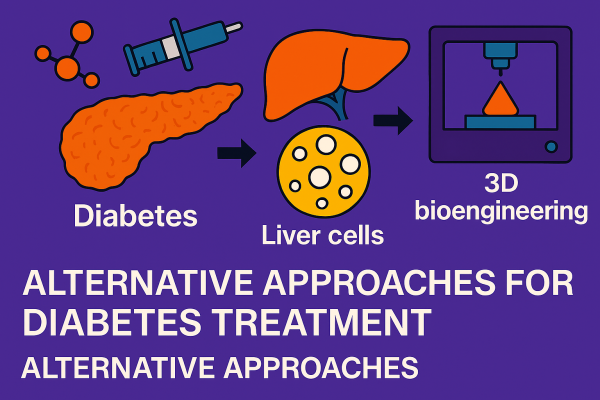
World Journal of Translational Medicine 10, no. 1 (2022)
Current progress and emerging technologies for generating extrapancreatic functional insulin-producing cells.Authors: Habeeb, Md Aejaz, Sandeep Kumar Vishwakarma, Safwaan Habeeb, and Aleem Ahmed Khan
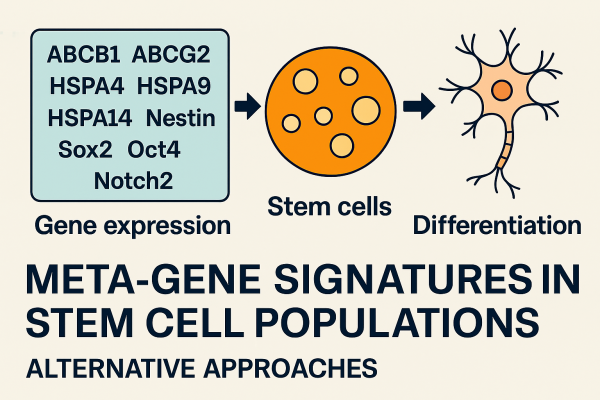
Neurology India 70, no. 3 (2022): 1102-1111
A Comprehensive Stemness Gene Expression Analysis Signifies the Role of ABC Transporters and Molecular Chaperons in Determining the Fate of Human Neural Precursor Cells.Authors: Vishwakarma, Sandeep Kumar, Avinash Bardia, Syeda Sumaiya B. Fathima, Syed Ameer Basha Paspala, and Aleem Ahmed Khan
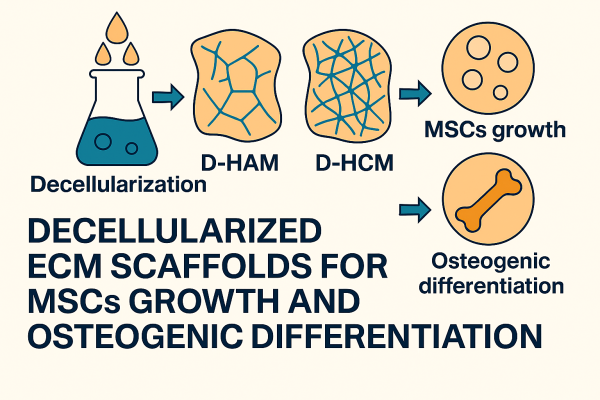
Tissue and Cell 73 (2021): 101631
Biofabrication of allogenic bone grafts using cellularized amniotic scaffolds for application in efficient bone healing.Authors: Lakkireddy, Chandrakala, Sandeep Kumar Vishwakarma, Avinash Bardia, Nagarapu Raju, Shaik Iqbal Ahmed, Syeda Maliha Fathima, Sandhya Annamaneni, and Aleem Ahmed Khan

Meta Gene 31 (2022): 101010
Autoimmune thyroid patients with CTLA-4 (+ 49A/G) GG/AG genotypes have high seropositivity to thyroid peroxidase than thyroglobulin.Authors: Fathima, Nusrath, Qursheed Sultana, Syyeda Anees, Kaleem Ullah, Vitaly Ryu, Aleem Ahmed Khan, and Mohammed Ishaq
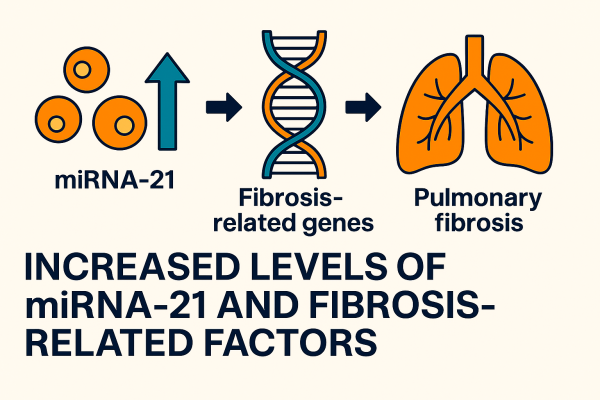
Human gene (Amsterdam, Netherlands), 34, 201093
Role of circulatory miRNA-21 and associated signaling pathways in the pathogenesis of pulmonary fibrosis among individuals recovered after COVID-19 infection.Authors: Ali, M., Abdullah, F., Naveed, A., Ahmed, S. M., Khan, A. A., & Hasan, A
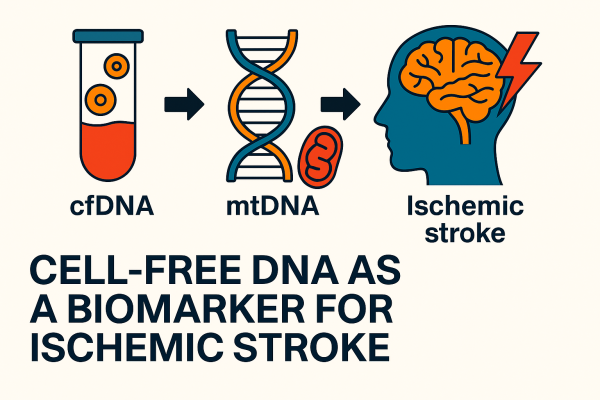
World Journal of Neurology 8, no. 1 (2022): 1-9
Role of cell-free DNA for predicting incidence and outcome of patients with ischemic stroke.Authors: Fathima Nusrath, Sandhya Manorenj, Sandeep Kumar Vishwakarma, and Aleem Ahmed Khan
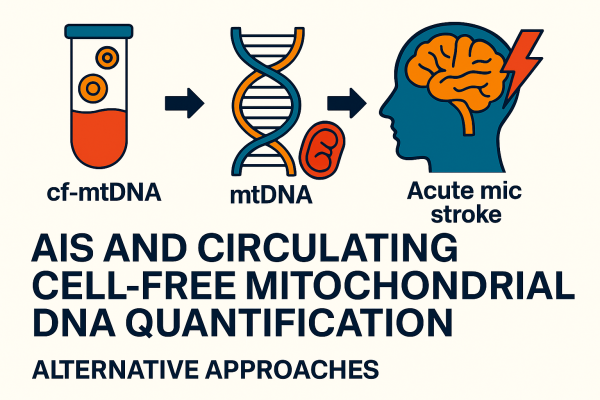
World Journal of Translational Medicine 10, no. 2 (2022): 14-28
Cell-free mitochondrial DNA quantification in ischemic stroke patients for non-invasive and real-time monitoring of disease status.Authors: Fathima Nusrath, Sandhya Manorenj, Sandeep Kumar Vishwakarma, and Aleem Ahmed Khan

World Journal of Hepatology 14, no. 10 (2022): 1884
Long-term and non-invasive in vivo tracking of DiD dye-labeled human hepatic progenitors in chronic liver disease models.Authors: Tripura, Chaturvedula, Srinivas Gunda, Sandeep Kumar Vishwakarma, Avinash Raj Thatipalli, Jedy Jose, Mahesh Kumar Jerald, Aleem Ahmed Khan, and Gopal Pande
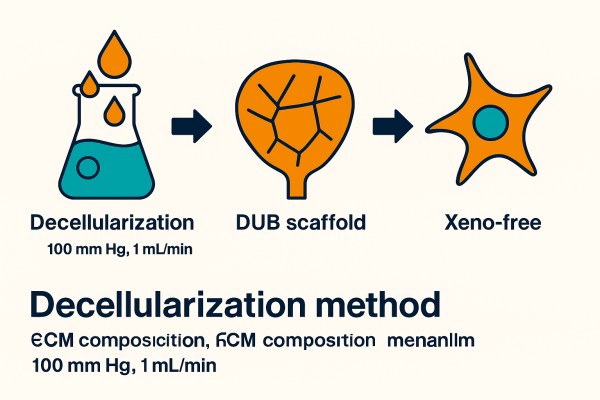
Tissue Cell, 2020; 28(67):101443
Biofabrication of cell-laden allografts of goat urinary bladder scaffold for organ reconstruction/regeneration.Authors: Vishwakarma SK, Sarwar S, Adil MAM, Khan AA
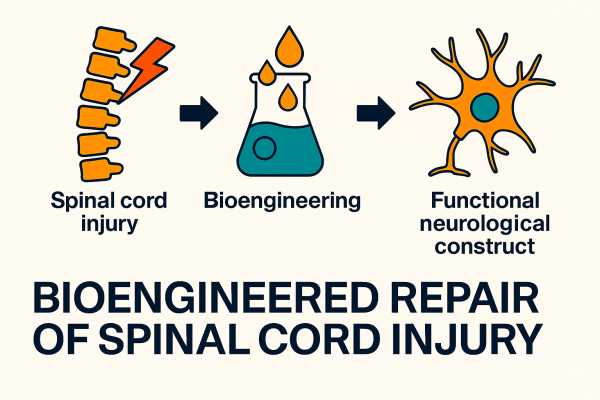
Materials Science and Engineering C, 2019; 102:34-44
Engineering bio-mimetic humanized neurological constructs using acellularized scaffolds of cryopreserved meningeal tissues.Authors: Vishwakarma SK, Lakkireddy C, Bardia A, Paspala SAB, Khan AA

Materials Science and Engineering C, 2019; 98: 861–873
Intraperitoneal transplantation of bioengineered humanized liver grafts supports failing liver in acute condition.Authors: Vishwakarma SK, Bardia A, Lakkireddy C, Raju N, Paspala SAB, Habeeb MA, Khan AA
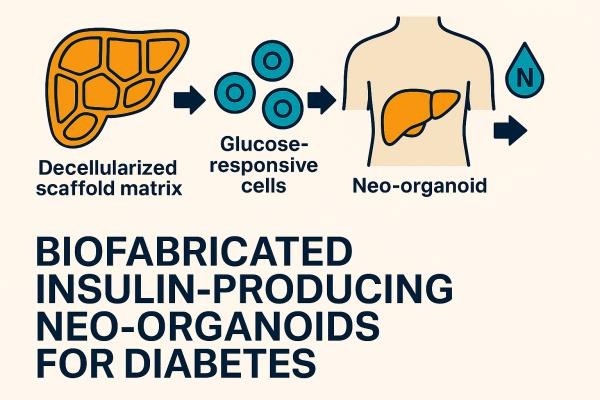
Cellular and Molecular Bioengineering, 2019
Biofabricated Humanized Insulin Producing Neo-Organs Generates Secondary Neo-Organoids Through Ectopic Transplantation.Authors: Vishwakarma SK, Lakkireddy C, Bardia A, Nagarapu N, Paspala SAB, Habeeb MA, Khan AA

Frontiers in Bioengineering and Biotechnology, 2018; 6:150
Bioengineering Human Neurological Constructs Using Decellularized Meningeal Scaffolds for Application in Spinal Cord Injury.Authors: Vishwakarma SK, Bardia A, Lakkireddy C, Paspala SAB, Khan AA
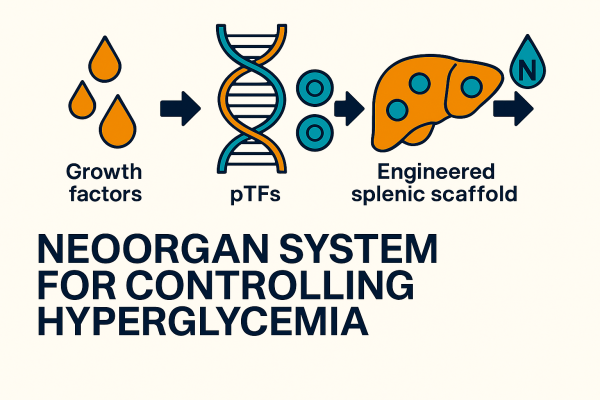
Gene, 2018; 30(675):165-175
Molecular dynamics of pancreatic transcription factors in bioengineered humanized insulin producing neoorgan.Authors: Vishwakarma SK, Lakkireddy C, Bardia A, Raju N, Paspala SAB, Habeeb MA, Khan AA
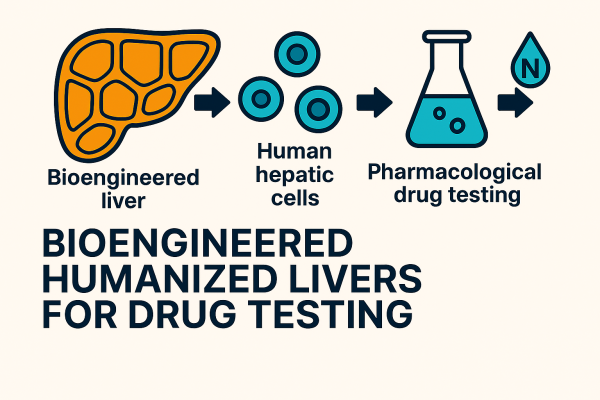
World Journal of Hepatology, 2018; 10(1):22–33
Bioengineered humanized livers as better three-dimensional drug testing model system.Authors: Vishwakarma SK, Bardia A, Lakkireddy C, Raju N, Habeeb MA, Khan AA
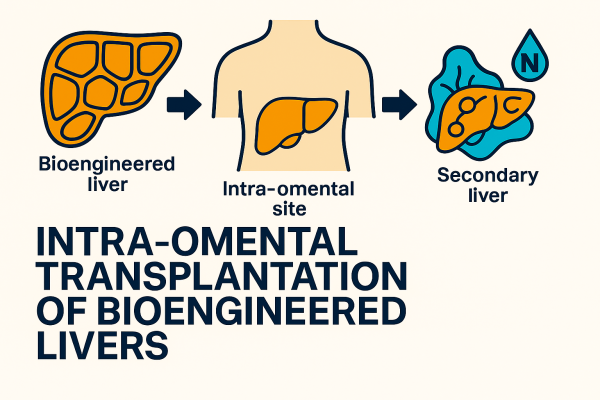
World Journal of Hepatology, 2018; 27; 10(11): 822-836
Bioengineered functional humanized livers: An emerging supportive modality to bridge the gap of organ transplantation for management of end-stage liver diseases.Authors: Vishwakarma SK, Lakkireddy C, Bardia A, Paspala SAB, Tripura C, Habeeb MA, Khan AA
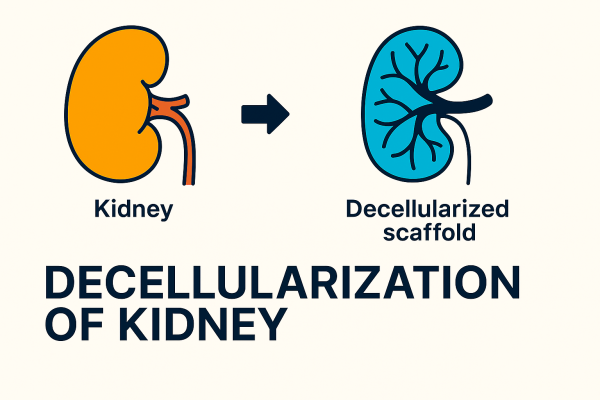
Indian Journal of Nephrology, 2014; 24(6): 372–75
Preparation of natural three-dimensional goat kidney scaffold for the development of bioartificial organ.Authors: Vishwakarma SK, Bhavani PG, Bardia A, Abkari A, Murthy GSN, Venkateshwarulu J, Khan AA
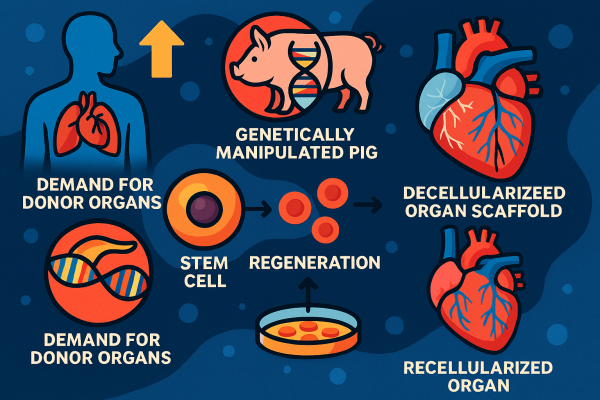
Journal of Artificial Organs, 2014; 17(4):291-300
Repopulation of decellularized whole organ scaffold using stem cells: An emerging technology for the development of neo-organ.Authors: Khan AA, Vishwakarma SK, Bardia A, Venkateshwarulu J
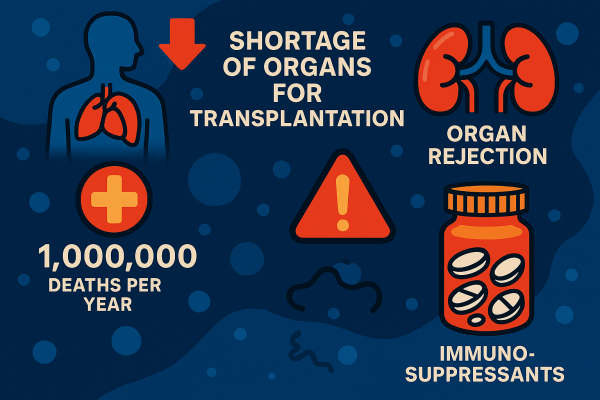
Current Science, 2014; 107:1
Decellularized Heart: A Step towards Creating Personalized Bioengineered Organ.Authors: Rout S, Vishwakarma SK, Khan AA
Discuss With Us For Your Research Needs
Whether you’re starting a new research project or preparing for publication, our team is here to support you every step of the way. From topic selection and methodology guidance to journal recommendations and formatting assistance, we offer personalized consultations to help you achieve your academic goals. Let’s collaborate to turn your ideas into impactful research.
Leave Your Message
Impact of our Research
The Centre for Liver Research & Diagnostics has made significant strides in the field of Organ Bioengineering, with 22 research publications spanning from 2014 to 2022. These studies reflect a multidisciplinary approach that integrates stem cell biology, tissue engineering, molecular diagnostics, and regenerative medicine to address critical challenges in organ failure and tissue repair.
Liver and Pancreatic Bioengineering
This category showcases pioneering work in developing bioengineered liver grafts and insulin-producing neo-organs. These innovations offer viable alternatives to organ transplantation, supporting liver regeneration and metabolic regulation in conditions like chronic liver disease and diabetes.
2018 – 2022
Neurological and Spinal Constructs
Research in this area focuses on bioengineered neural tissues and decellularized meningeal scaffolds for treating spinal cord injuries, stroke, and neurodegenerative disorders. These studies contribute to the development of personalized neuroregenerative therapies.
2018 – 2022
Organ Scaffold and Tissue Regeneration
This category emphasizes the fabrication and repopulation of natural scaffolds for organs such as the kidney, bone, and heart. These approaches aim to bridge the gap in donor organ availability, offering scalable and biocompatible solutions for tissue repair and reconstruction of the organs regeneration.
2014 – 2021
Molecular and Genetic Insights in Organ Systems
These studies delve into molecular diagnostics, exploring miRNA signaling, and cell-free DNA. The findings enhance our understanding of organ-specific pathologies and support the development of non-invasive, personalized diagnostic tools.
2022 – 2022
